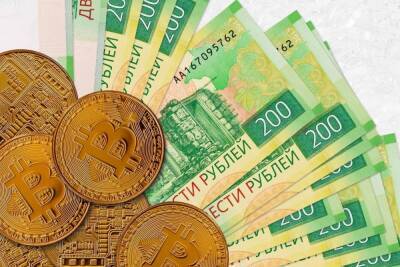Bitcoin spoofs $40K breakout as US CPI inflation data conforms to 7.9% estimates
Bitcoin (BTC) turned back time to February on March 10 as the latest U.S. inflation data sparked a bout of volatility.
Data from Cointelegraph Markets Pro and TradingView showed BTC/USD reacting strongly to February’s consumer price index (CPI) readout.
Despite matching forecasts at 7.9%, the print saw Bitcoin stage a smaller version of last month’s reaction, with a breakout above $40,000 followed immediately by a trip to 24-hour lows.
At the time of writing, Bitcoin traded at the same place it had done before the event.
“High inflation numbers are calling for faster hikes and potential QT, quantitative tightening, resulting in a stronger Dollar and people selling their risk-on assets. That's the short-term reaction,” Cointelegraph contributor Michaël van de Poppe summarized.
The start of Wall Street trading meanwhile did not produce any noticeable changes to the short-term status quo.
The S&P 500 was down 0.6% at the time of writing, while burgeoning commodity prices — oil and wheat among others — remained center stage.
“Wheat is everything BTC wanted to be and more,” popular trader Pentoshi joked.
The U.S. Federal Reserve’s decision on raising its base rate was due March 16.
"Economy needs energy to run. Energy prices are soaring with no relief in sight," Material Scientist, creator of monitoring resource Material Indicators, added on the day.
In a further development, money transfer service Western Union — traditionally a competitor-in-waiting for Bitcoin — announced that it would halt remittances to both Russia and Belarus.
Related: Inflation spikes in Europe: What do Bitcoiners, politicians and financial experts think?
“If only there was something that could replace these corporations and that's kinda decentralized and no
Read more on cointelegraph.com

















